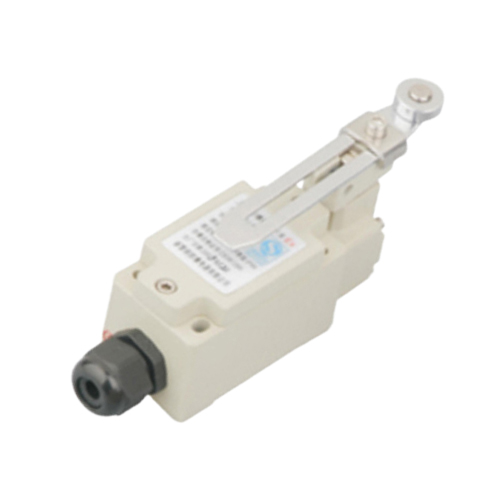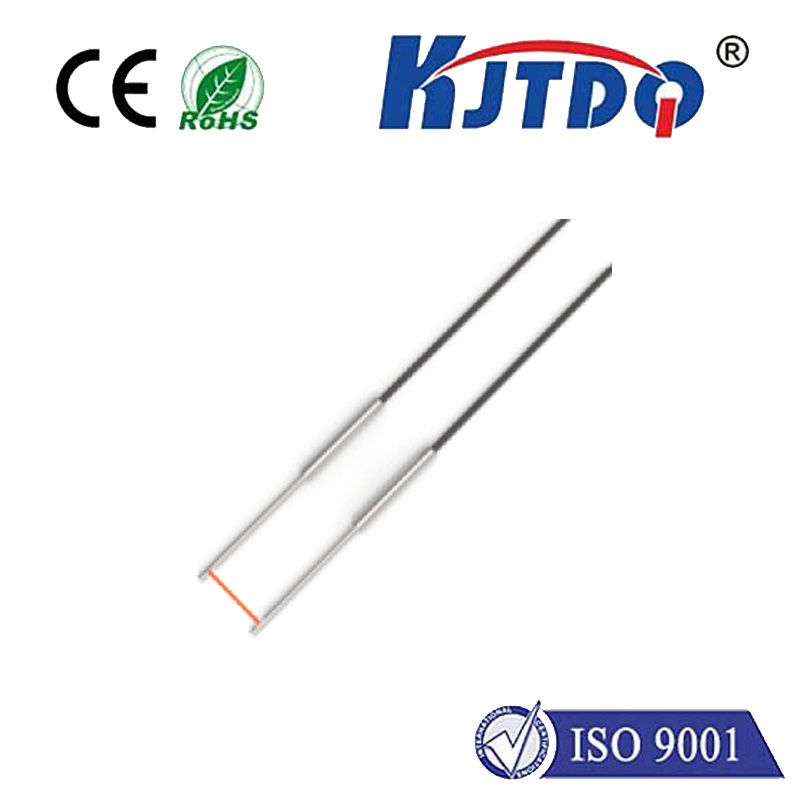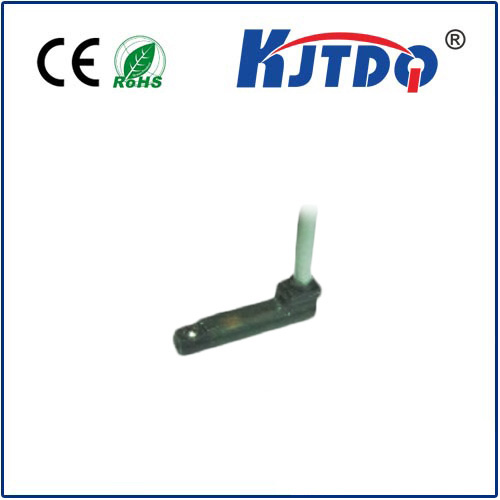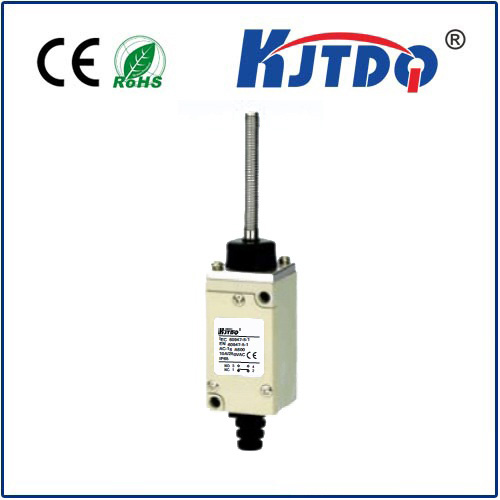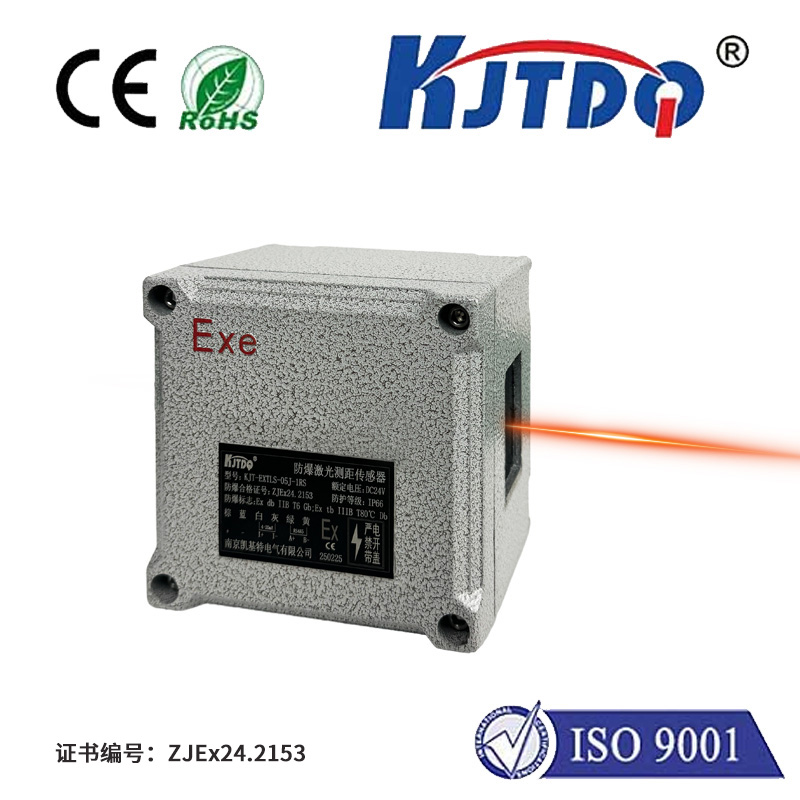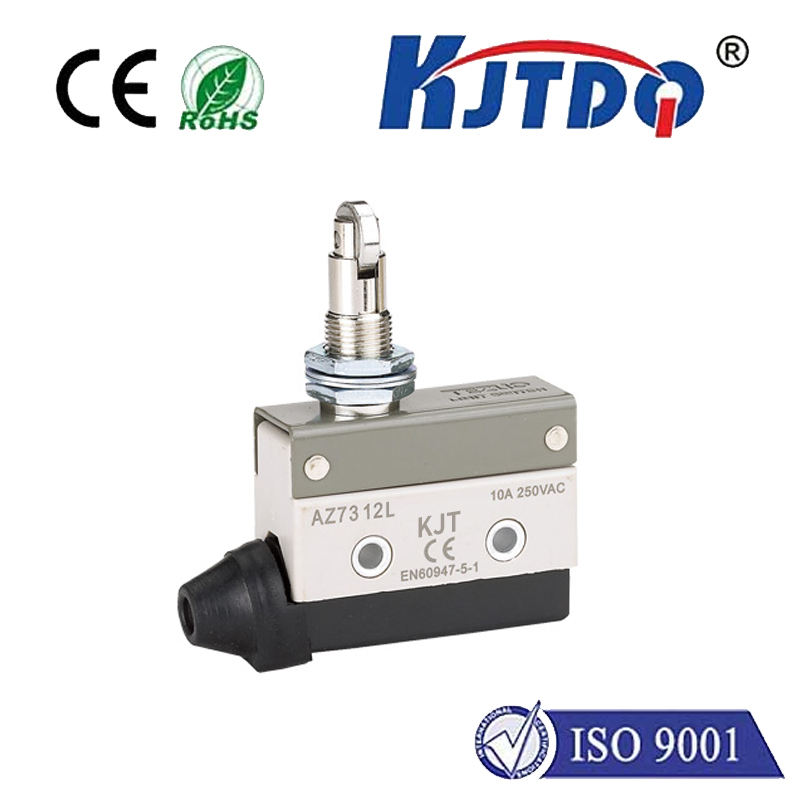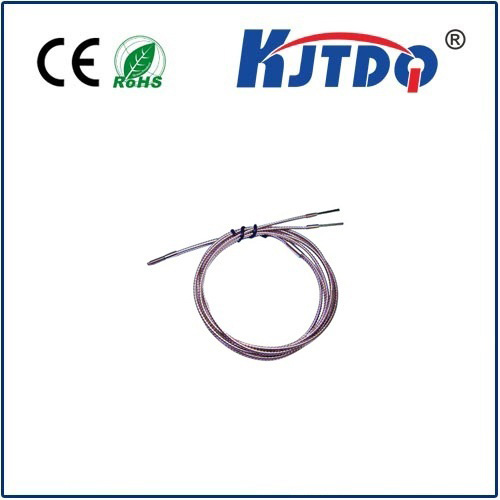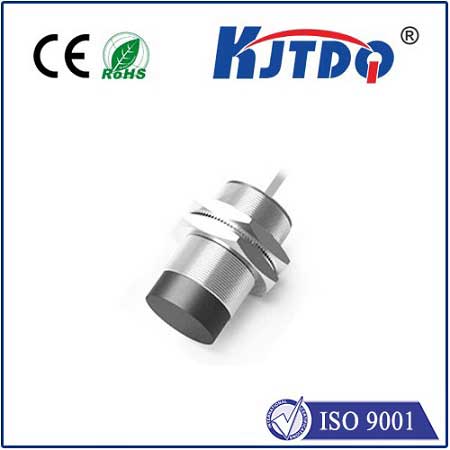

check

check

check

check

check

check

check

check

check

check
Proximity probe vibration is a crucial aspect of industrial automation that often goes unnoticed. This article aims to provide a comprehensive understanding of proximity probe vibration and its role in sensor technology, highlighting the importance of this parameter in ensuring accurate and reliable sensor performance.
Section 1: The Basics of Proximity Probe Vibration
Proximity probe vibration refers to the small oscillations or vibrations generated by a proximity sensor. These sensors are commonly used in industrial automation systems to detect the presence of objects or machines. Vibration is generated when an object comes into contact with the sensor's surface, causing it to change position slightly. This change in position is then converted into an electrical signal, which is processed by the sensor's electronic components.
Section 2: The Role of Vibration in Sensor Performance
Vibration plays a critical role in determining the accuracy and reliability of proximity sensor performance. When the sensor's electronic components are exposed to high levels of vibration, it can cause noise pollution, data errors, and even damage the sensor's internal components. Therefore, it is essential to control and minimize the impact of vibration on sensor performance.
Section 3: Factors Affecting Proximity Probe Vibration
Several factors can influence proximity probe vibration, including:
1. Material properties: The material used to manufacture the sensor can affect its ability to withstand vibration. For example, metals such as stainless steel and aluminum are commonly used due to their high strength and stiffness.
2. Operating conditions: Proximity sensors operate under varying environmental conditions, such as temperature, humidity, and pressure. These conditions can affect the sensor's performance, leading to increased vibration or decreased accuracy.
3. Design parameters: The design of the proximity sensor, including its dimensions, shape, and structure, can impact its ability to absorb and dissipate vibration effectively.
Section 4: Controlling Proximity Probe Vibration
There are several techniques available to control proximity probe vibration, including:
1. Enclosure design: The use of advanced materials and designs can help minimize the impact of external vibrations on the sensor's internal components. For example, incorporating shock-absorbing materials or using a double-insulated enclosure can help reducevibration transmission.
2. Calibration and optimization: Periodic calibration and optimization of the sensor's parameters can ensure optimal performance even under challenging operating conditions. This involves adjusting the sensor's parameters, such as deadband, time constants, and output filters, to minimize noise and improve accuracy.
3. External damping: Adding external damping mechanisms, such as flexible membranes or springs, can help absorb and dissipate high levels of vibration effectively. However, this technique requires careful consideration of the sensor's design parameters and operational environment.
Section 5: Applications of Proximity Probe Vibration Control
The proper control of proximity probe vibration is essential for ensuring accurate and reliable sensor performance in various industrial applications, such as:
1. Factory automation: Proximity sensors are widely used in factory automation systems to monitor machine performance, detect defects, and optimize production processes. Achieving optimal vibration control is crucial for improving efficiency and minimizing downtime.
2. Asset tracking: Proximity sensors can be used for asset tracking and monitoring in warehouses and logistics centers
